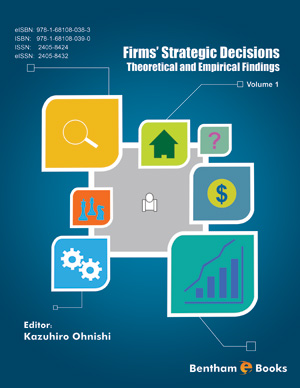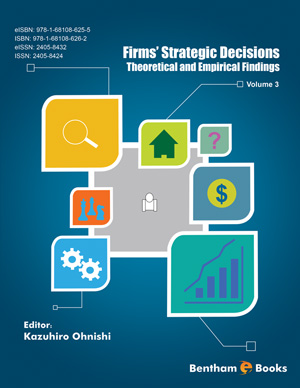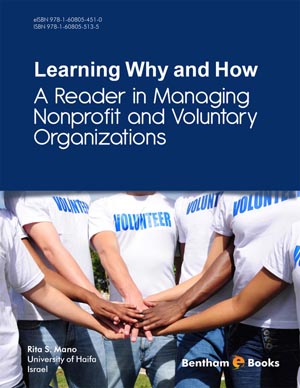Abstract
Multi-agent systems are concerned with decision-making tasks where
multiple agents act in a shared environment. Agents can observe their environment
(partially or fully), act to impact the environment, and might have different or aligned
goals. Multi-Agent Systems Artificial Intelligence (MAAI) is used for simulating enduser requirements. The models designed are examples of the use of AI in the business
world.
The concept of reinforcement learning can be applied to stock price prediction for a
specific stock, working in an agent-based system to predict higher returns based on the
current environment. The agent's reward will be either profit or loss. A multi-agent
system will use three types of agents: agent 1 (forecasting agent using a basic machine
learning algorithm), agent 2 (judgmental agent; the background algorithms to work on
it are reinforcement learning or fuzzy neural networks), and agent 3 (based on simple
trading rules or neural networks). Alert Agent (AA) guarantees proficient conveying
inside the schema. Signals are one of the alerts. The alert agent sends the foundation
agents (Agent 1, Agent 2, and Agent 3) signals (verdict) delivered by the superior
agent. Depending on these verdicts, the superior policies are understood to be presented
to the users (traders). Depending on the verdict by Superior, investment risk can be
minimized. The multi-agent framework verdict is combined with sentiment collected
from finance news for a particular company. The cognizant behavior of agents in the
stock market is also considered future research work for this framework. AI-based
stock trading systems must be strengthened in the future with the use of various
security measures.









.jpg)


